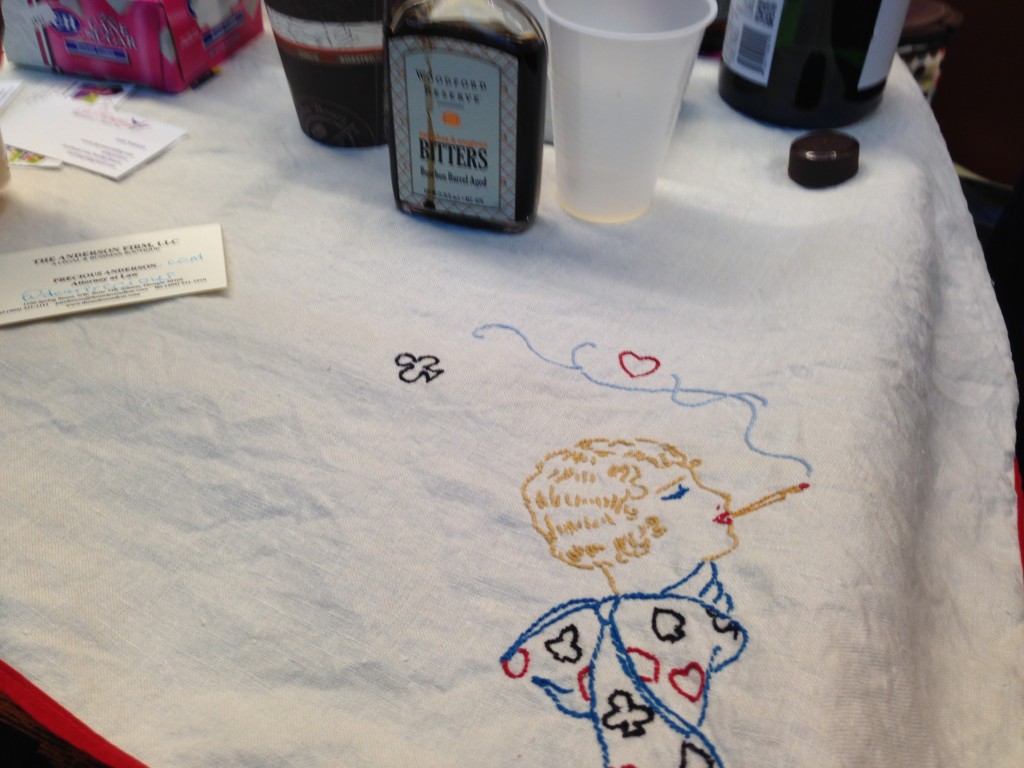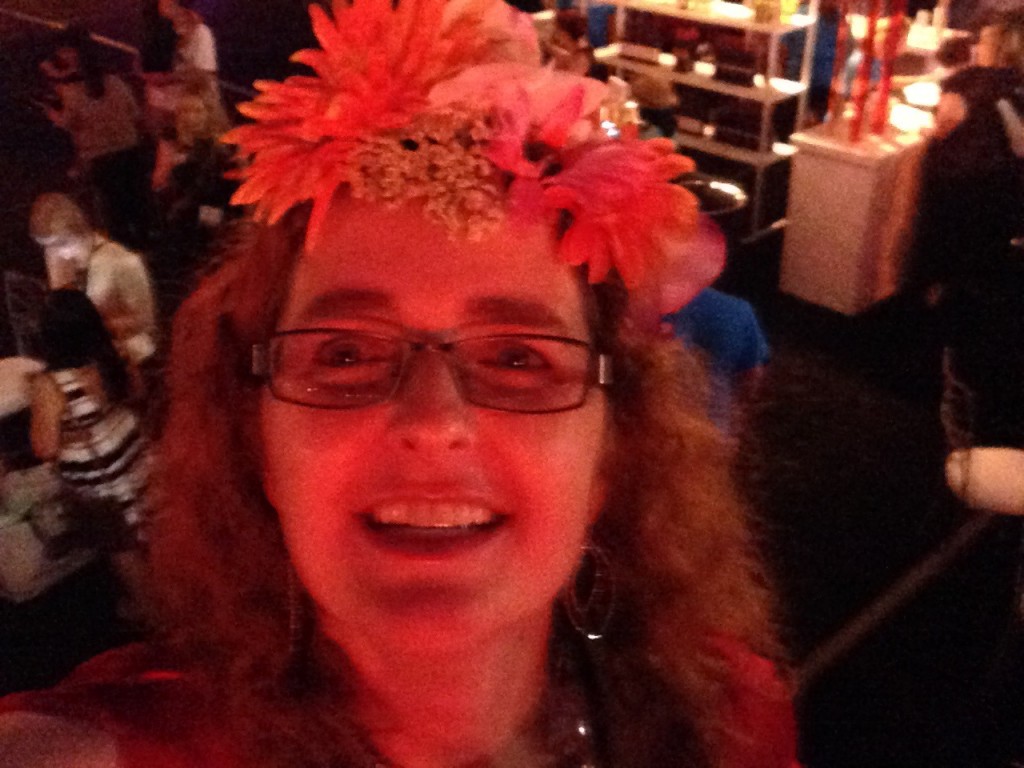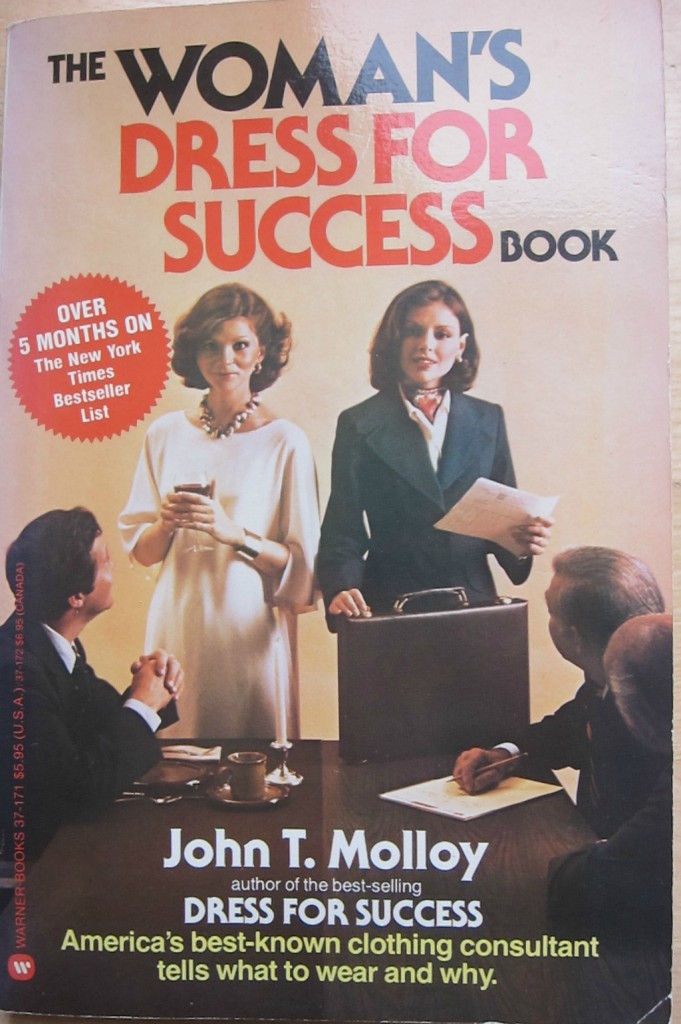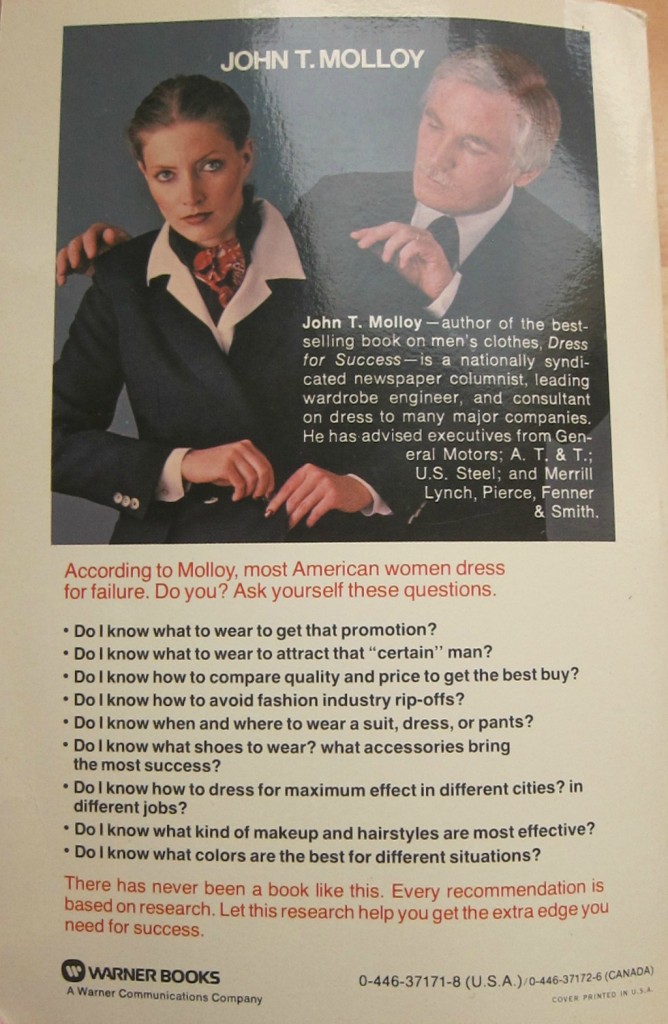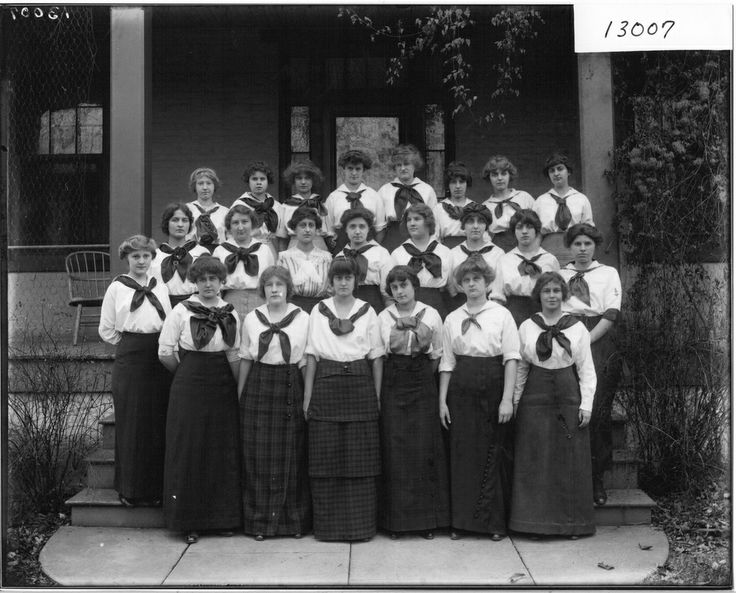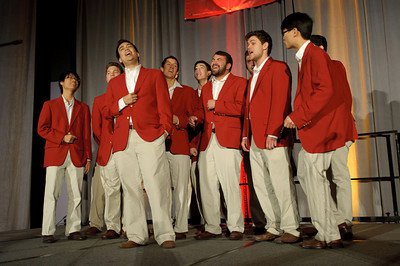I can’t believe how much I’ve missed this.
I started blogging in 2001. I was living my sister at the time, and our entertainment routine was to rent a random horror movie at the Hollywood Video and watch it while slamming Pixie Stix, making snarky commentary, and laughing our butts off. It will not surprise you to learn that we also watched a lot of MST3K. We thought we were pretty entertaining and I made websites for my day job, so we decided to start writing some of our rants down and They’re Coming To Get You, Barbara was born. It looked like this.
This was before WordPress, before blogging conferences, before Twitter, Facebook, or even MySpace. We never, ever worried about who was reading us, we were just writing because we loved it. Over the course of 5 years we reviewed over 400 movies, we had indie filmmakers send us their stuff to review, we went to a horror conference and met Leatherface (he was so nice!), and we even gave a presentation on types of film zombies to a Stanford immunology class. The professor had read our stuff and contacted us, so we made a slideshow with a zombie hierarchy with film still and references, and we totally grossed out the class by serving white chocolate cordial cherries painted with food coloring to look like eyeballs. It was a blast.
Reading that paragraph right now and remembering how much fun we had with it, I’m shocked at my decision to just give it all up when I became a mother. I don’t even remember giving it much thought. For some reason I just said to myself, well obviously I don’t have time for THAT anymore, and that was it.
I did start keeping a personal blog and that was something, but since it was 100% focused on my son, it never carried the same kind of personal joy for me that They’re Coming did. My routine was I spent all day caring for him, and then gave myself the assignment of spending my evenings documenting the day. I was essentially approaching motherhood like a very intense seminar, and I am very good student so I gave it all my attention and took copious notes.
I had a second child, and when my sons were four and one I looked up and realized that I had spent the past four years as a person without a hobby or a purpose outside of her children and I kind of snapped. I went back to work, I regained some of my old professional skills, learned many many new ones, and slowly started to come around to the idea that it was ok for me to have things in my life that I do simply because I enjoy doing them. Not for my children, not for my husband, not for my job, but 100% selfishly for ME.
I’ve attended two other BlogHer conferences before this one. My first was in San Diego in 2011, and I was there as a brand rep for my job. My second was in New York in 2012, and this time I was there for myself. I was still mid-freakout, so I pretty much hid in the corner and talked to maybe ten people over the course of the conference.
This time was different. This time, I talked to people. This time, I walked through feeling socially awkward and allowed myself to make to connections. This time, I felt like I found my people. And I looked around the room more than once and asked myself, why did I ever give this up?
I don’t have the answer to that. But I can tell you that even though it feels like the indie web is being swamped by branded bullshit, what I saw this weekend made me believe that independent voices can and will take their space. And I want to be a part of that.
So thank you, BlogHer ‘14. I’d like to close with the top 5 reasons this weekend was the BEST.
- I went through at least 125 business cards which I think means I must have talked to 125 people, and I’m not sure how that is mathematically possible but there you go.
- I made friends in the bathroom, outside the expo hall, walking down the street, sitting at lunch, getting coffee, in the elevator, talking about prom dresses 50 feet from Reverend Run.
- No really, these women were amazing. Super-duper awesome, A++, would friend again.
- You got me so far out of my comfort zone I spend the entire conference wearing a floral crown.
- You got me so super far out of my comfort zone that I ended up part of a self-titled #renegadechampagne crew hosting a pop-up bar in the hallway. I can’t even describe how much fun it was to have this random collection of people who self-sorted purely on the basis of being the kind of person to say yes when a crazy woman in a floral crown offers them a champagne cocktail. As it turns out, that is a FANTASTIC way to discover people you really want to talk to.
So even though it’s time to return to real life where I don’t pour champagne in hallways, I want to keep that feeling going. So if you’d like have a conversation about motherhood or blogging or horror movies or pixie sticks or really any damn thing you think is interesting, hit me up and let’s talk. I’ll be the one in the crazy floral headdress.


